Tony revisits Tilly, Tom, and Tiny. Fits right in…
“I’m a tot.”
“Je suis un tot.”
“Tilly.”
“Tom”
“And Tiiiiny.”
Depending on your age when you first heard those words, sung with a defiantly jolly talent for self-explanation, you’ll either just have sighed in fond remembrance, and probably sung the next few lines of the theme to Tots TV, or, if you were a parent with the show on heavy rotation, you might just have twitched involuntarily.
Tots TV ran from 1993-1998 on CITV (Or Children’s ITV for those of us who can cope with words), and the thing you have to understand about it going in is that if you try and approach it with grown-up eyes or grown-up sensibilities, your appreciation of it will fail in a fairly epic way.
To understand Tots TV, you have to cast your mind back beyond the point where things had to make sense. Stop worrying about linear logic, because it was a show aimed at children of the age where the imagination is infinite. Where problems disappeared with a wave and a word, because “Now the wolves are friendly and invite us all to tea.” You need to recapture that sense of fairy tale imagination and creativity to get your grown-up head around Tots TV, because, let’s be honest, it makes staggeringly little sense in any grown-up context.
You want a premise? Are you new around these parts?
OK, there are three tots, the aforementioned Tilly, Tom, and Tiny, listed in descending age order. As Tots TV was a puppeteer-led production, the three tots themselves are puppets, though they frequently interact with live action footage and actors.
Tilly, for Reasons, is French, while the other two are English. As such, most of the time, Tilly speaks in very basic French. What’s the logic there? Frankly, why not? When you were the age of Tots TV’s core audience (4-5 year-olds), if you wanted your imaginary friend to be suddenly French one morning, boom! They could be. The difference is that if you’d watched enough Tots TV, with Tilly speaking actual French and the others casually translating for her, your imaginary friend might speak some REAL French – which would be quite enough to freak out your parents, just in case that was a peripheral benefit to you.
The three tots live in a secret house. Again, if you look at that with adult eyes, there are all sorts of questions to be asked. If you look at it with the eyes of a 4-5-year-old, the only question is “What does the secret house look like?” Naturally the tots would live in a house by themselves. Here’s a secret – MOST tots live in houses of their own. The adults only tend to exist when they’re necessary or entertaining. See what we mean? View it with adult eyes and it makes no sense. View it through the eyes of its intended audience and you’ll bat not an eye.
What does the secret house look like? We’re so glad you asked. It looks like the kind of cottage on the edge of the woods that many of your favourite fairy tale heroines would live in, but it’s relatively modern, too – for reasons that are never made entiiirely clear, each of the tots has a personal phone, colour-co-ordinated to their hair. That means Tom’s phone is blue, Tilly’s is pink (we know, we know, the subliminal gender messaging!), and Tiny’s is green. And by the way, these are ye olde house phones, because Tots TV was aired before the rise in mobile phones meant they would in any way be understood as realities by the core audience. Nevertheless, they did seem to work…without being plugged into anything, so who knows? Prophetic Tots?
As well as their magic house, they had a friend-cum-pet named Donkey. Because it was a donkey. The coding in Tots TV was never overly complicated, but that worked massively in its favour. If you were an inner city kid who’d never SEEN a donkey despite everyone singing about one at Christmas, suddenly you knew what one looked like. And if you HAD seen a donkey, the example of the tots was a good one to follow – they fed it, cleaned its stable, patted it GENTLY, and used soft, soothing words in its presence.
As a result, the donkey was docile. Simple lessons in animal husbandry, to be sure, but potentially useful around all non-human animals – respect, quietness, food gifts and care. Where’s the bad?
There was also a dog which, for reasons largely to do with a kind of pantomime “It’s behind you!” humour to which kids famously respond extremely well, the tots could never see. They couldn’t see it, even though, bless it, it appeared in the title sequence right alongside them. Still, if the purpose of the dog was to get the youngsters pointing and shouting and giggling at the screen, it did its job beautifully.
And while the donkey was a live action donkey (not a phrase we ever thought we’d be called upon to type), the dog, like the tots, was a puppet. Frequently, it would help them solve some problem or other that they had no solution to. Miraculous, invisible problem-solving dogs being exactly the kind of thing that would appeal to a 4-5-year-old’s imagination when faced with an insoluble problem.
There were more or less always simple songs spread throughout the episodes, and repeated just often enough that they embedded in the children’s minds, and would be repeated endlessly throughout the day, wearing away at parents’ very last nerve.
But the ultimate joy of Tots TV is that whatever effects they had through their actions, they were always true to the innocence of youth. Whatever ACTUALLY happened, they always set out with the best of intentions, to help people, to find things out, to amuse themselves in interesting ways.
Oh, did we mention the magic bag? Tots TV wouldn’t have been Tots TV without the magic bag (or indeed “le sac magique!” as Tilly referred to it with suitably breathless wonder).
You’ll have guessed this already, but the magic bag was a bag that the tots took with them when they went out to see what they could see, leaving the domestic adventures of the donkey and the invisible helpful dog behind. And you’ll also have understood that the magic bag could contain absolutely anything – including whatever was needed in a given situation.
Here’s where Tots TV wins the universe, though. Whatever the tots brought out of the magic bag was usually brought out not for their own sake, but to help somebody else. Usually a child (who would more or less be identified as a fellow tot).
You can’t get better lesson-inculcation than that for a 4-5-year-old audience – you simply can’t.
On the one hand, it speaks to that creative imagination that lives its own very active life in the mind of children of that age – “You need a saxophone? No problem, I’m bound to have one in my magic bag of things!”.
And on the other hand, it reinforces the message that exists between the tots at home – co-operation, kindness, courtesy, and compassion. They’re always pretty nice to each other, even when, for instance, Tiny’s asked to find the blue bowl to make a cake, and keeps pulling things out that are both the wrong object and the wrong colour (subtle word-object and colour recognition practice there, too) – Tom might be exasperated, but he doesn’t shout at Tiny. So, when they go out into the world, all they want to do is be kind and helpful to their fellow tots. No shouting, no quarrelling, just “How can we help you?” and “I have the very thing…”
That’s as much of a reason why Tots TV won a couple of BAFTAs as anything else – it helped promote positive social values among its audience.
Between the songs that drove parents halfway up a wall, but helped children both retain information and develop their own learning-songs while accomplishing tasks, teaching children to be kind and gentle around animals, owning the youthful sense of mischief, but also promoting kindness and imagination with other children, Tots TV was, to coin a phrase, almost wholly “wholesome content.”
Sure, almost thirty years on (Yes, by all means feel free to cry like a 4-year-old), the gender messaging of the pink and blue hair on Tilly and Tom is slightly problematic. But it hardly outweighs all the positive messaging that’s crammed into every episode of the show.
If you were a tot when Tots TV was broadcast, try it again nearly thirty years on. You may not get as much from it this time round, but on the other hand, it might just re-open your eyes to the wonder, the compassion, the altogether squidgy kindness of that period in your life.
And that can never be a bad thing.
Old School, New Term. Stream 1000s of classic children's TV episodes and get 50% off for 3 months in the BritBox Winter Sale.
Tony lives in a cave of wall-to-wall DVDs and Blu-Rays somewhere fairly
nondescript in Wales, and never goes out to meet the "Real People". Who,
Torchwood, Sherlock, Blake, Treks, Star Wars, obscure stuff from the
70s and 80s and comedy from the dawn of time mean he never has to. By
day, he
runs an editing house, largely as an
excuse not to have to work for a living. He's currently writing a Book.
With Pages and everything. Follow his progress at FylerWrites.co.uk
- Home
- All
- Categories
- _Television
- __All Television
- __Doctor Who
- __Star Trek
- _Movies
- __All Movies
- __Marvel
- __Star Wars
- __James Bond
- _Reviews
- _Print
- _Gaming
- _Miscellaneous
- _Technology
- _Trivia
- _Music
- Reviews
- Features
- Movies
- Television
- Gaming
- Miscellaneous
- News
- Doctor Who
- _On This Day In Doctor Who History
Home Top Ad
Popular
-
The process of rating the best online casinos can be very complicated. Top rated online casinos must be based on facts and objectivity, an...
-
With Shadowlands coming, many World of Warcraft fans are already considering where they should go to get Gold. At the start of a new expansi...
-
Spanning 48 49 50 53 years, 7 series and 13 feature films, the Star Trek franchise has featured an absurd number of guest actors across i...
-
Here's the plan Liz. I'll point this whisk at that dummy whilst you serve the tea... Click on any red text to read our full r...
-
Clearly it's trailer week. Over the last few days we've had the fist trailers for X-Men: Apocalypse, Independence Day: Resurgen...
-
Alexander Wallace visits the town. In a world powered by great urban centers, the smaller towns in various countries can feel as if they h...
-
I'll have the zipper track suit with matching stadium training pants please. In our continuing series looking back at the incredibl...
-
The era of Christopher Eccleston as the Ninth Doctor marked a significant turning point for Doctor Who. Premiering on March 26, 2005, with &...
-
Unsplash - CC0 License If you’d like to get good at Call of Duty, you’re not alone. It’s the world’s most successful shooter (following the ...
-
How many of these famous people did you spot guest-starring on Alias?... Arriving on U.S. television on September 30th 2001, running fo...
Recent
Comments
Have You Read...
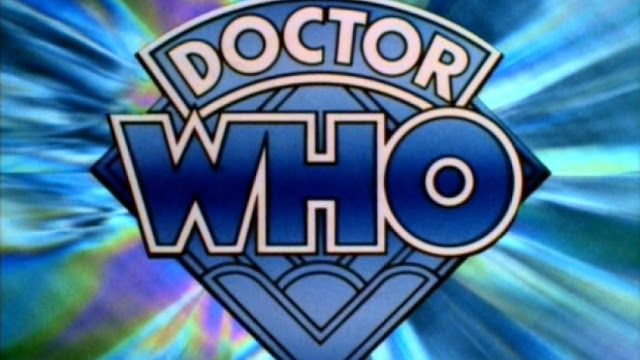
65 Famous People Who Guest Starred On DOCTOR WHO (1963-1989)

The Disney Films That Never Were: WHO FRAMED ROGER RABBIT TWO
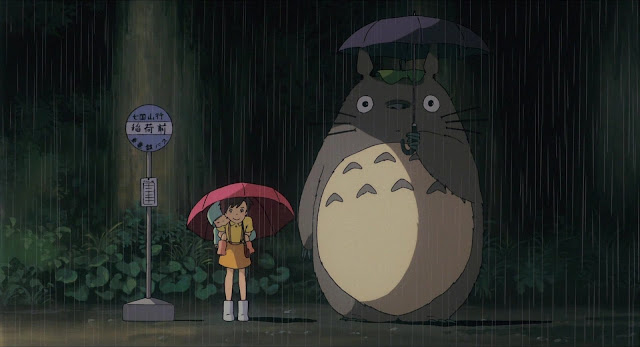
55 Famous People Who Have Dubbed STUDIO GHIBLI Films
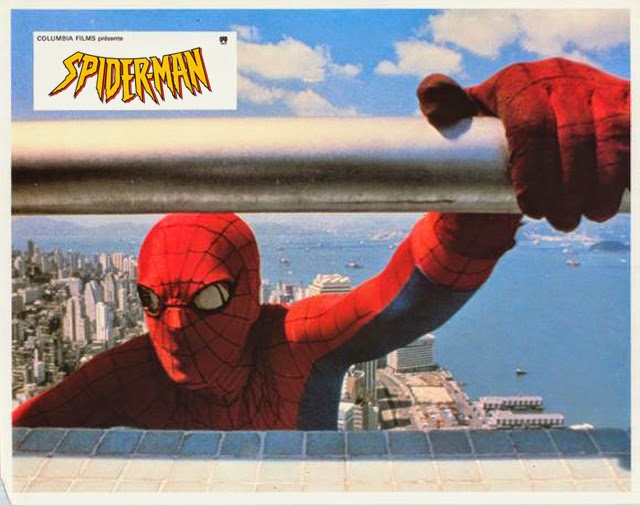
Before The MCU: SPIDER-MAN

The 15 Best John Shuttleworth Songs
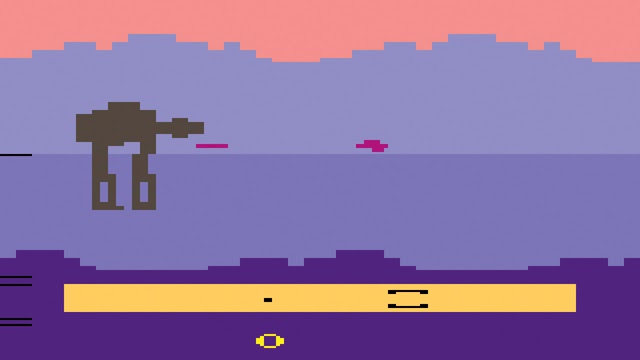
Early STAR WARS Video Games
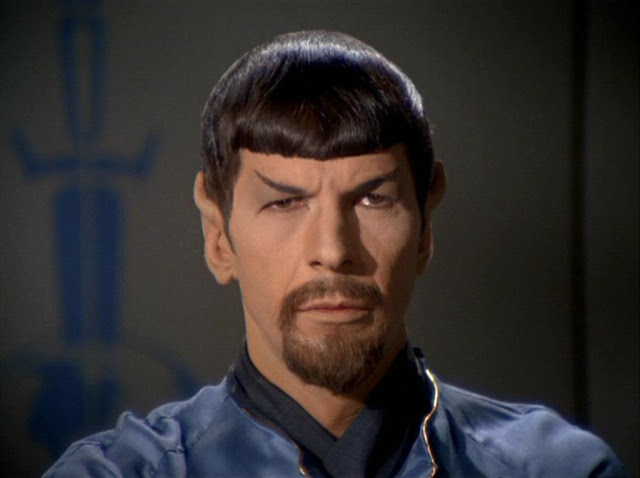
A Celebration Of Evil Beards
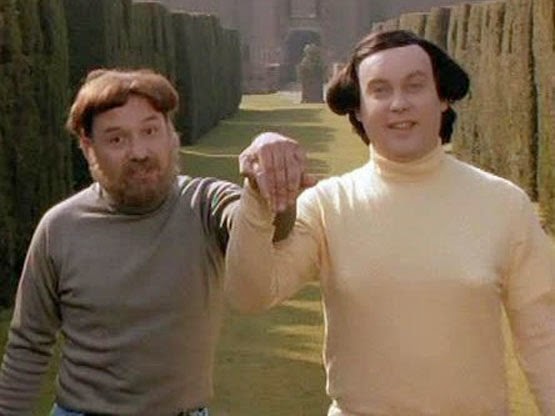
Great Fictional Bands - MULLIGAN and O'HARE
All logos and images used on this website are registered trademarks of their respective companies. All Rights Reserved.
Some of the content presented on this site has been provided by users, Warped Factor is not liable for inaccuracies, errors, or omissions found herein.
For speedy removal of copyrighted images, trademarks, or other issues, contact us at warpedfactor@live.com.
2022 (c) Warped Factor & Templatesyard | Privacy Policy


























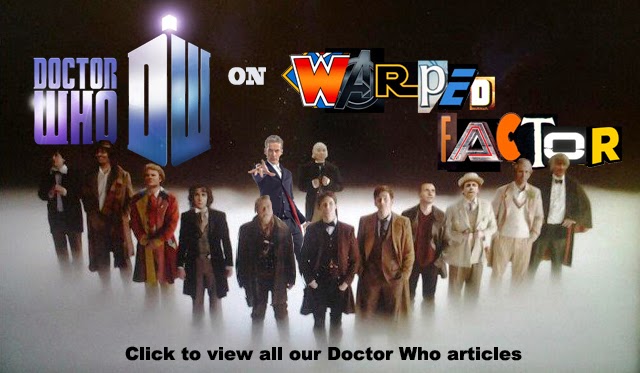

No comments:
Post a Comment